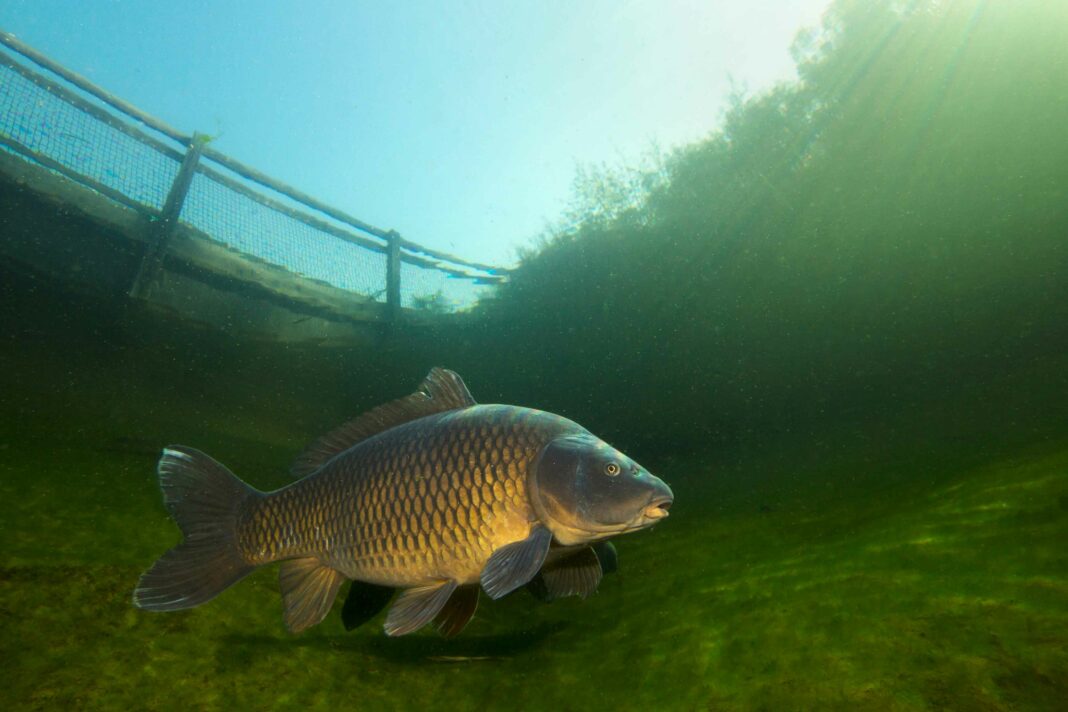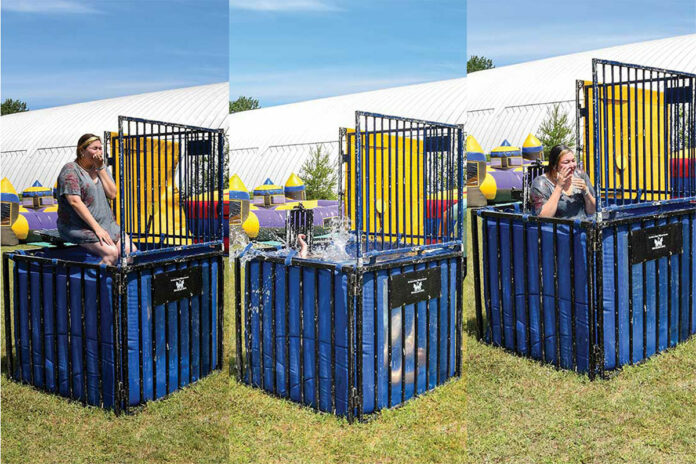Joins Michigan in massive defence against giant carp
CHICAGO, Ill.—The news that the state of Illinois has signed an agreement that will see construction taking place to combat the movement of invasive carp as a measure to keep them out of the Great Lakes has been met positively by officials in the US and Ontario.
“We won. Invasive carp controls will be put up in Brandon Road,” stated Molly Flanagan, of The Alliance for The Great Lakes. “This is a really exciting time, and it is great news for the Great Lakes.”
“It has taken years, probably decades,” said Mary Muter of the Georgian Bay Great Lakes Foundation. “It is definitely good news. This project will now move forward after several decades of so many people pressing for these type of controls.”
“It will stop the invasion of silver and grass carp and other species from getting into the Great Lakes,” said Ms. Muter. “Absolutely, this decision does affect Ontario. Carp have been found in Lake Erie. They are large fish that swim basically wherever they want. And one of their favourite places is wetlands where they can decimate native fish populations. This is great news for all of the Great Lakes.”
Officials announced last week that the state of Illinois has signed a partnership agreement that will allow construction of the $1.15 billion Brandon Road Interbasin project to begin with significant US federal funding.
The effort, decades in the making, will become the last, multi-pronged line of defence to stop invasive silver and bighead carp from making it into Lake Michigan, where they pose a threat to Great Lakes ecosystems and billion-dollar fishing and boating industries.
The announcement comes after weeks of experts and advocates urging Illinois Governor J.B. Pritzker to adhere to a June 30 deadline so that $274 million in US federal funds wouldn’t be lost, and construction workers could take advantage of an upcoming scheduled closure of the lock and dam in Joliet, Illinois, The Chicago Tribune reports.
Further delays may have resulted in irreversible disaster if carp continued upstream in Illinois waterways and breached past electric barriers in Romeoville, Illinois. As well, if the agreement was not signed, the US Army Corps of Engineers, which will oversee the project, wouldn’t have been able to continue allocating resources to pre-construction engineering and design.
“Protecting the Great Lakes has always been and will always be a priority for the State of Illinois and after many years of this project eluding multiple administrations, I am thrilled to see it move forward,” Illinois Governor J.B. Pritzker said in a news release July 1.
“Protecting the Great Lakes is not an undertaking that any one state or city can tackle alone, and I’m thrilled that we were able to forge a path that protects both the Great Lakes and ensures Illinois taxpayers do not shoulder a disproportionate share of the burden,” said Gov. Pritzker.
“It is great for all of the Great Lakes,” said Ms. Flanagan. “For sure invasive carp would affect Ontario waters. They outcompete other fish for food sources and can decimate native fish populations.”
Ms. Flanagan said, “we had heard really positive momentum had come from USACE and Illinois and Michigan, and we were really hopeful this announcement would be made. This was the very last barrier to construction starting on the dam to keep carp out of the Lakes. This construction work will likely begin in January.”
“It protects a $7 billion fishing and boating industry in the Great Lakes,” continued Ms. Flanagan. “I know project costs a lot of money, but this amount wouldn’t be as much as it would if invasive carp got into the Great Lakes.”
The project has been awaiting approval from Illinois for a year, after the Michigan legislature authorized $64 million in June 2023 to help finance it. Those funds, plus $50 million from Illinois will account for the projects required $114 million non-federal cost share.
“Complex agreements like this don’t happen in a vacuum, nor do they happen quickly,” Natalie Phelps Finnie, director of the Illinois Department of Natural Resources, told the Tribune. “A tremendous amount of effort over many months went into hammering out the details of this agreement. I’m thrilled this consequential project will now be able to move forward.”
An innovative, multipronged plan to install a gantlet or layered system at a critical pinch point in the Des Plaines River emerged from several years of collaboration among scientists, engineers and partners from numerous US, Canadian and tribal agencies surrounding the Great Lakes.
With the construction project, when silver and bighead carp approach the lock and dam in Joliet, they will encounter an acoustic deterrent and an air bubble curtain. The bubbles will serve as a physical barrier and also remove small fish trapped under barges or carried in their wake.
From there fish that get through this curtain will then encounter an engineered channel that will extend the length of the current lock, at the end of which persistent carp will be faced with an electric barrier. After that will be a series of acoustic deterrents that will keep the carp at bay by creating painful sound waves. On the other side, a flushing lock will send any remaining larval fish and eggs back downstream, the Chicago Tribune reports.
“Today’s agreement will help us get shovels in the ground as soon as possible on the critical Brandon Road project,” said Michigan Governor Gretchen Whitmer, in a release. “The Great Lakes are the beating heart of Michigan’s economy, and Brandon Road will help us protect local communities and key industries, including fish and boating, that support tens of thousands of good paying jobs.”
The Alliance for the Great Lakes said the agreement is a milestone. “The signing of the Brandon Road project is historic and will help protect our fishery, our economy and quality of life,” said Marc Smith, with the National Wildlife Federation. “Keeping invasive carp out of the Great Lakes is a national priority.”
Ms. Flanagan told The Expositor, “The United States Army Corps of Engineers (USACE) had started scoping out this project in 2014. It was a decade in the making.”





